Zongyuan Zhang is a PhD Researcher in the Biomimic Program and is currently researching the following problem: how to use robots with a non-rigidly fixed chassis to perform contact tasks on a much larger workpiece that has been placed arbitrarily on the floor of a factory.
We interviewed Zongyuan recently to find out more about why he does what he does.
Tell us a bit about yourself and your research with the Centre? Include the long-term impact of what you are doing.
I am Zongyuan Zhang from China. I completed my bachelor’s degree in mechatronic engineering (robot manufacturing direction) in China and later pursued an MSc in robotics in the UK. Currently, I am pursuing a PhD at the Australian Cobotics Centre, researching how mobile robots can perform contact tasks such as grinding and assembly. Through this research, I hope to enhance the versatility of robots, enabling them to efficiently and accurately complete tasks in various production environments, just like humans.
Why did you decide to be a part of the Australian Cobotics Centre?
Humans have undergone hundreds of millions of years of evolution, developing highly efficient and stable task execution capabilities. In contrast, robots have only been developing for a few decades. I am particularly interested in how robots can learn strategies from human task execution. The Australian Cobotics Centre conducts extensive research on human-robot collaboration, with many researchers having deep insights into the connections between humans and robots. By joining the Australian Cobotics Centre, I can further explore how robots can be inspired by human behaviour.
What project are you most proud of throughout your career and why?
Although it may not be the most academically impactful, I am particularly impressed by my project on “using a VR system to remotely control a manipulator for massage.” In this project, I used a VR headset and controllers to remotely control a manipulator to massage a patient. I explored how humans can control robots in an immersive way as if they were using their bodies. I am impressed by this project because, using robots, humans can save a significant amount of physical effort in tasks. This potential for human-robot collaboration has fueled my enthusiasm for future robotics research.
What do you hope the long-term impact of your work will be?
Humans can perform tasks in a variety of complex environments. By using mobile robots and learning from the strategies humans use to perform tasks, I hope robots can be more widely applied in various production environments, not just limited to factory settings.
Aside from your research, what topic could you give an hour-long presentation on with little to no preparation?
For example, “The future relationship between robots and humans.” There has always been considerable discussion about whether robots will take over certain human jobs. In my view, this touches on the essence of human existence, which is that existence is humanity’s primary concern. The arrival of robots has resulted in job losses for some individuals, diminishing their sense of existence. However, it also boosts overall societal work efficiency, thus enhancing the efficiency of existence for everyone. From a historical perspective, this aligns with the transition from individuals in early societies obtaining necessary survival goods through hunting to those in industrial societies relying more on the division of labour to secure necessities. This parallels the second law of thermodynamics— the increasing complexity of human society and the decrease in individual existence is natural but warrants exploration.
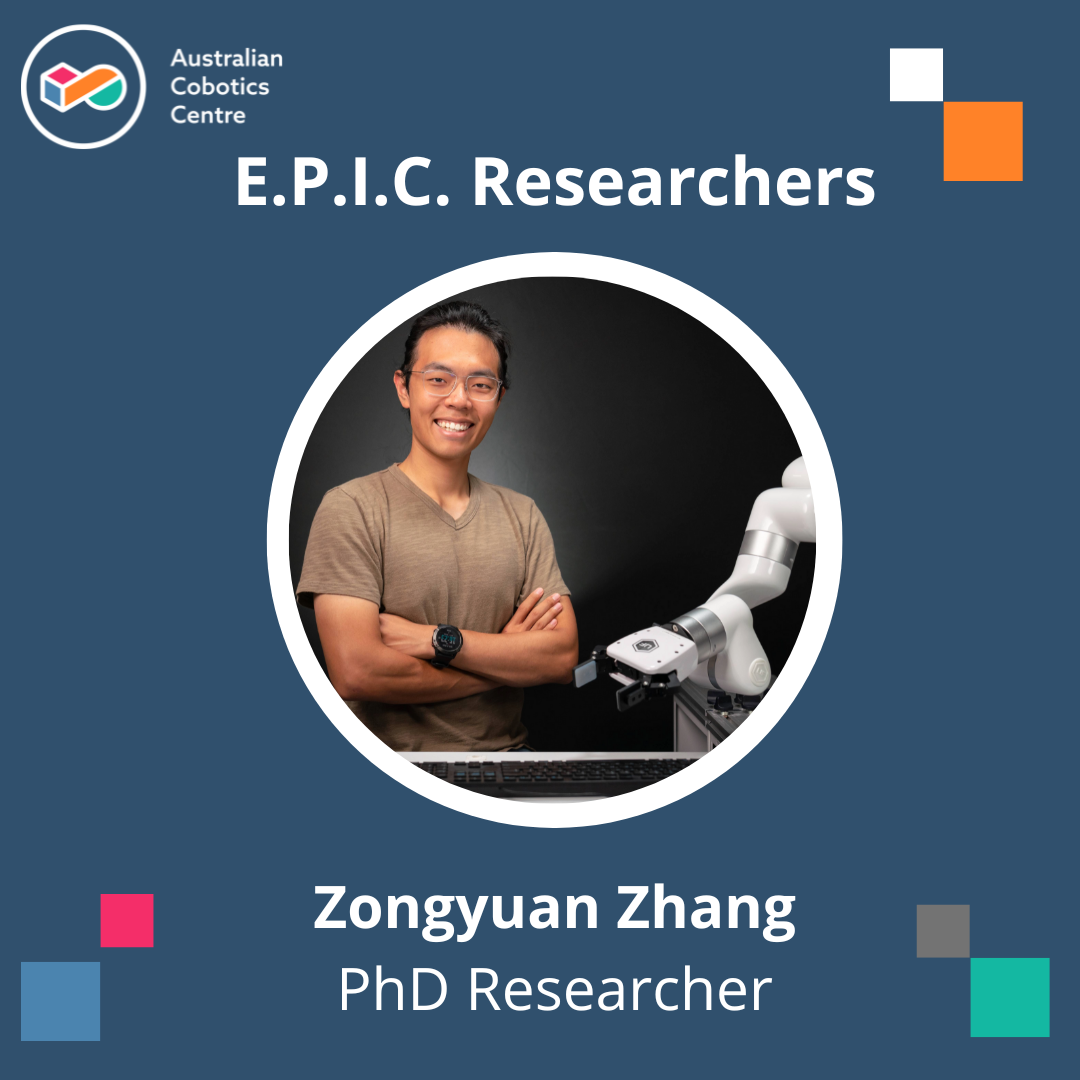
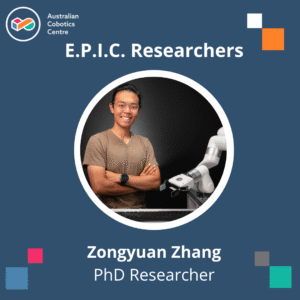





 We are pleased to welcome
We are pleased to welcome 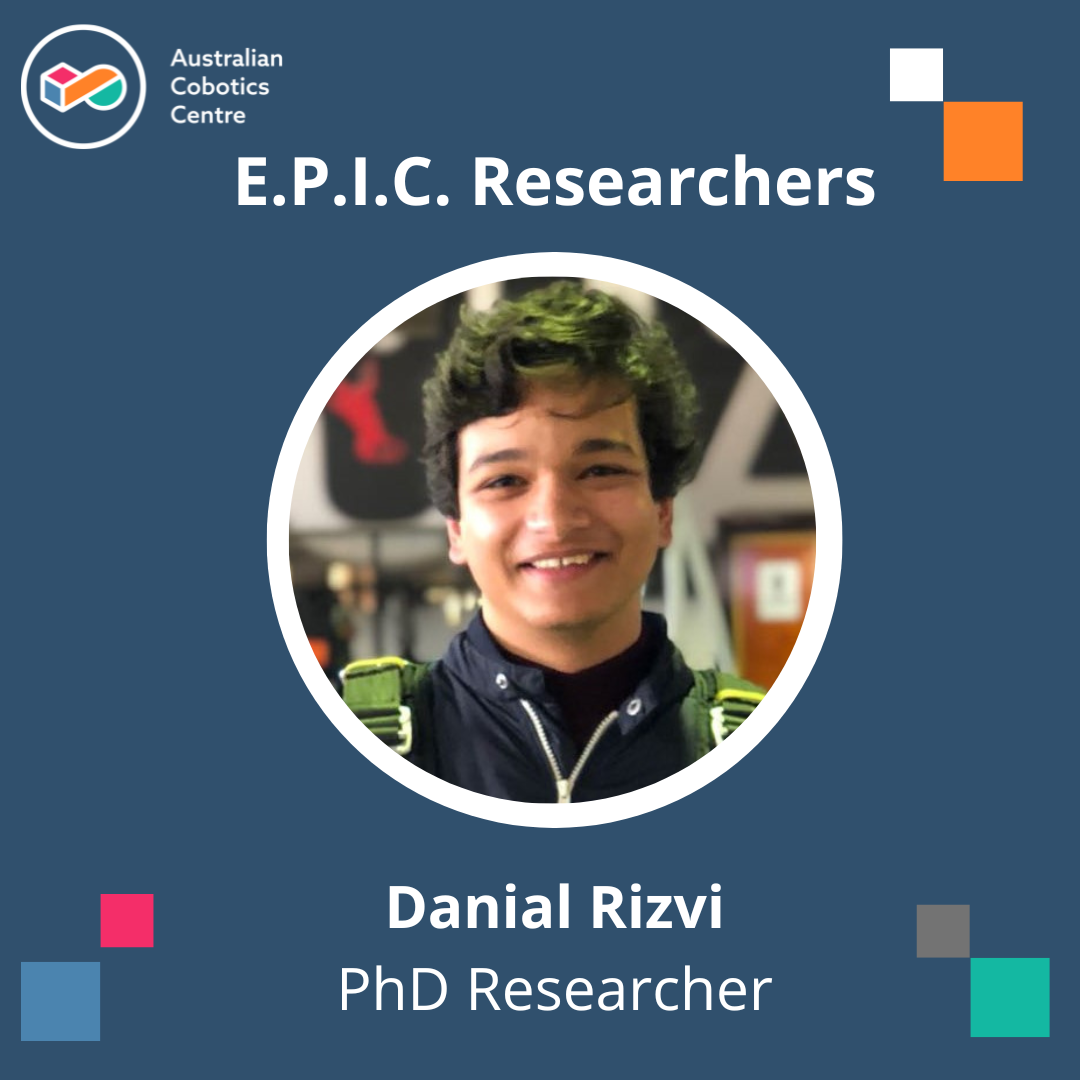
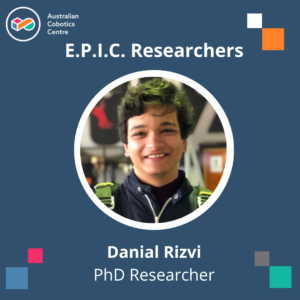

 Bochao Xu
Bochao Xu
 Phuong Tran
Phuong Tran
 Louis Fernandez
Louis Fernandez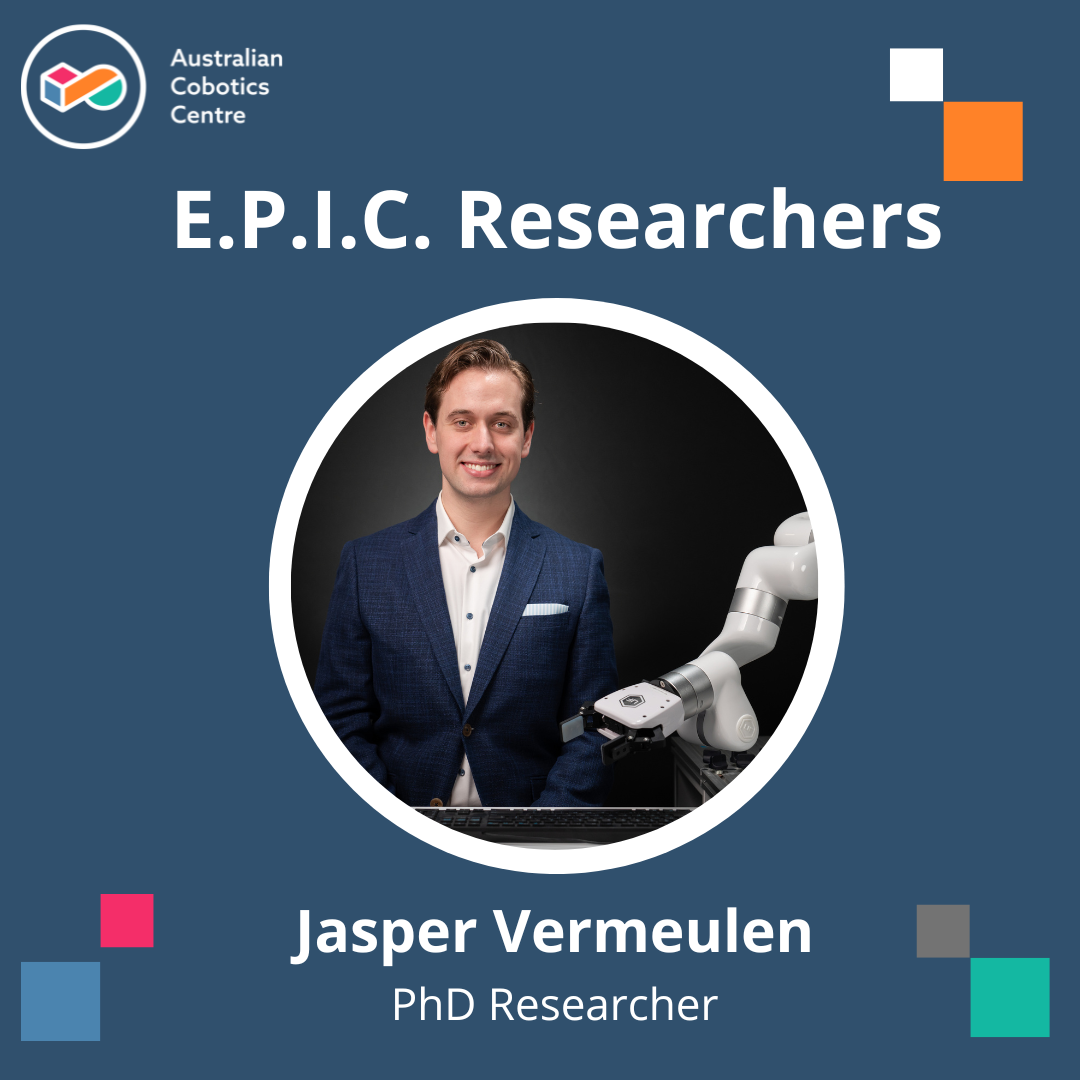
 Jasper Vermeulen
Jasper Vermeulen
